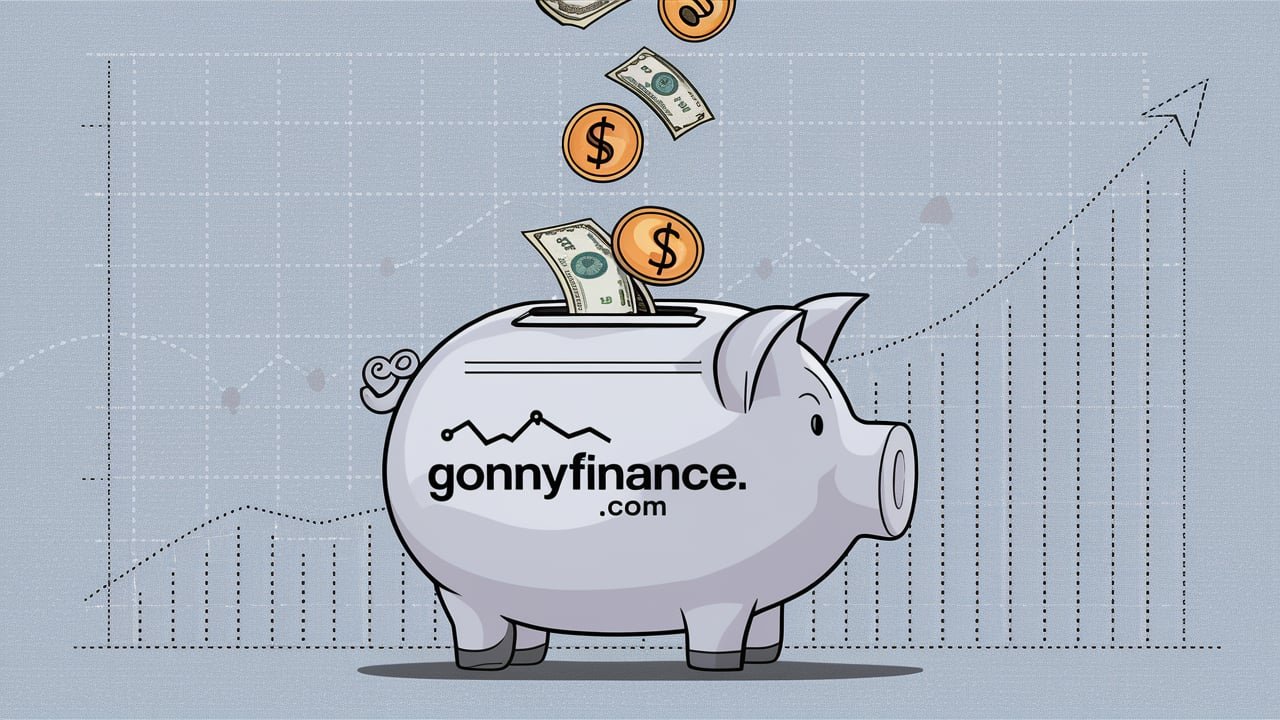GoMyFinance.com: Your Guide to Saving Money

In today’s fast-paced world, saving money can feel like an uphill battle. With countless expenses vying for your attention, finding ways to set aside a portion of your income requires strategy, discipline, and a clear plan. GoMyFinance.com is your trusted partner in this journey, offering actionable tips and resources to help you achieve financial stability and peace of mind. In this article, we delve into practical methods and insights to make saving money an achievable goal for everyone.
1. The Importance of Budgeting
Budgeting is the cornerstone of any successful savings plan. Without a clear understanding of your income and expenses, saving money becomes a guessing game. A well-crafted budget allows you to track your spending, identify unnecessary expenses, and allocate funds toward your savings goals.
Start by categorizing your expenses into fixed (e.g., rent, utilities) and variable (e.g., dining out, entertainment). Use tools like spreadsheets or budgeting apps to monitor your cash flow. The 50/30/20 rule is a popular method: allocate 50% of your income to needs, 30% to wants, and 20% to savings or debt repayment. By adhering to a budget, you’ll gain better control over your finances and ensure you’re living within your means.
2. Automate Your Savings
One of the simplest ways to save money consistently is to automate the process. Many banks and financial institutions offer automatic transfer options, allowing you to set aside a portion of your paycheck directly into a savings or investment account.
By automating your savings, you remove the temptation to spend the money before saving it. This “pay yourself first” strategy ensures that saving becomes a priority rather than an afterthought. Over time, these small, consistent contributions can grow into a significant financial cushion, helping you handle emergencies or achieve long-term goals like buying a home or funding retirement.
3. Cutting Down on Unnecessary Expenses
Take a close look at your spending habits to identify areas where you can cut back. Subscriptions, impulse purchases, and dining out are common culprits that can drain your wallet.
Consider canceling subscriptions you rarely use or switching to more affordable alternatives. Cooking at home instead of eating out can save hundreds of dollars each month. Make a shopping list before heading to the store to avoid buying items you don’t need. Small changes like these can add up over time, freeing up funds for your savings.
4. Embracing Frugality and Minimalism
Frugality and minimalism go hand in hand with saving money. These lifestyle choices encourage you to prioritize needs over wants and focus on quality rather than quantity.
Instead of buying the latest gadgets or trendy clothes, invest in durable, high-quality items that will last longer. Practice delayed gratification by waiting 24 hours before making a purchase to determine if it’s truly necessary. Declutter your home and sell unused items to generate extra cash. By embracing a minimalist mindset, you’ll not only save money but also enjoy a simpler, less cluttered life.
5. Building an Emergency Fund
An emergency fund is a financial safety net that provides peace of mind during unexpected situations like medical emergencies, car repairs, or job loss. Financial experts recommend saving at least three to six months’ worth of living expenses in an easily accessible account.
Start small by setting a realistic initial goal, such as $1,000. Gradually increase your contributions as your income grows or expenses decrease. Having an emergency fund ensures you won’t need to rely on credit cards or loans in a crisis, helping you avoid unnecessary debt.

6. Smart Shopping Strategies
Learning to shop smarter can significantly impact your savings. Look for discounts, coupons, and cashback offers when making purchases. Buying in bulk, especially for non-perishable items, can also save money in the long run.
Take advantage of seasonal sales and clearance events to score great deals. Compare prices online and in-store to ensure you’re getting the best value. Additionally, consider shopping second-hand for items like furniture, clothing, and electronics. Thrift stores and online marketplaces often offer quality products at a fraction of the cost.
7. Investing in Your Future
Saving money isn’t just about setting aside cash; it’s also about making your money work for you. Investing is a powerful way to grow your wealth and achieve financial independence.
Research investment options such as stocks, bonds, mutual funds, or real estate. If you’re new to investing, consider consulting a financial advisor or using robo-advisors for guidance. Start small and diversify your portfolio to minimize risk. The earlier you start investing, the more time your money has to grow through compound interest.
8. Making Use of Free Resources
Many free resources are available to help you save money and improve your financial literacy. Websites like GoMyFinance.com offer tips, tools, and calculators to simplify financial planning.
Take advantage of free workshops, webinars, and podcasts on personal finance topics. Public libraries often provide access to books and resources that can deepen your knowledge. By utilizing these free tools, you can make informed decisions about your finances and stay motivated on your savings journey.
9. Tracking Your Progress
Regularly monitoring your savings progress is crucial to staying on track. Set short-term and long-term goals and celebrate milestones along the way.
Review your budget monthly to ensure you’re meeting your targets. Adjust your savings plan as needed to accommodate changes in income or expenses. Tracking your progress not only keeps you accountable but also provides a sense of accomplishment as you see your savings grow.
Frequently Asked Questions (FAQs)
Q1: How much should I save each month?
A: The amount you save depends on your financial goals and income. A common guideline is to save at least 20% of your income, but even starting with 10% or less can make a difference. Adjust the amount based on your circumstances and priorities.
Q2: What’s the best way to reduce debt while saving money?
A: Focus on paying off high-interest debt first while setting aside a small amount for savings. Consider using the debt snowball or avalanche method to tackle debts strategically. Once your debt is under control, you can increase your savings contributions.
Q3: How can I stay motivated to save?
A: Set clear, achievable goals and visualize the benefits of saving. Celebrate small wins, and remind yourself of the financial security and freedom you’re building. Joining a community or finding a savings buddy can also help keep you accountable.
Conclusion
Saving money is a journey that requires commitment, patience, and the right strategies. By following the tips outlined in this article and utilizing resources like GoMyFinance.com, you can take control of your finances and work toward a brighter, more secure future. Remember, every small step counts—start today, and watch your savings grow over time.



